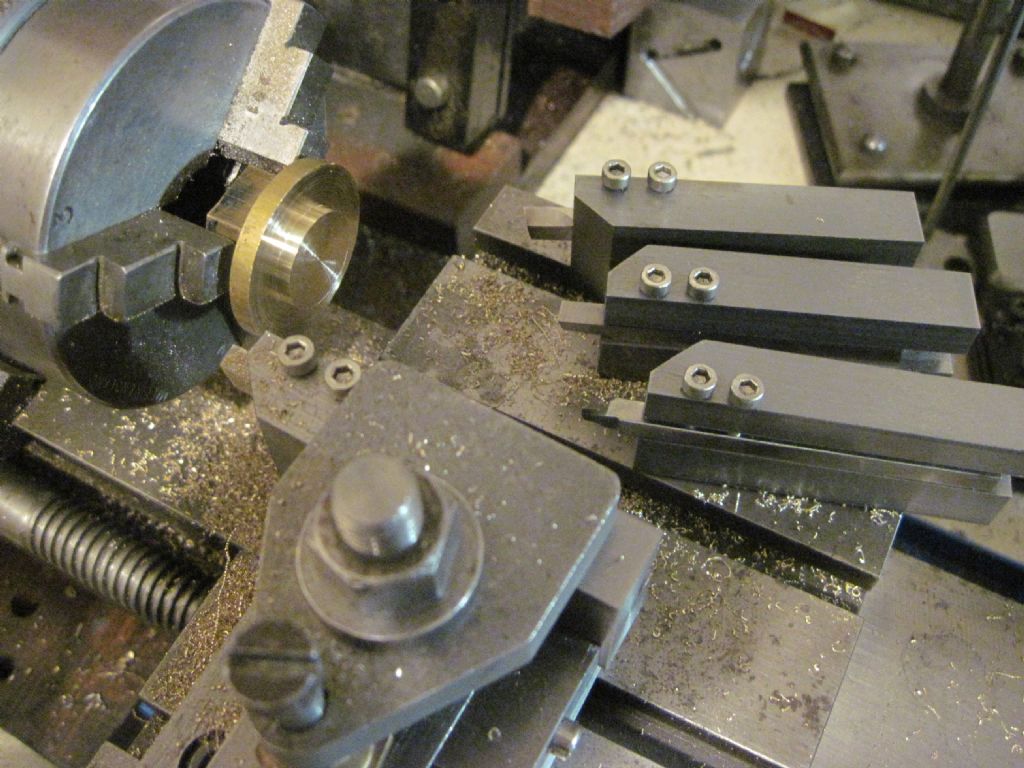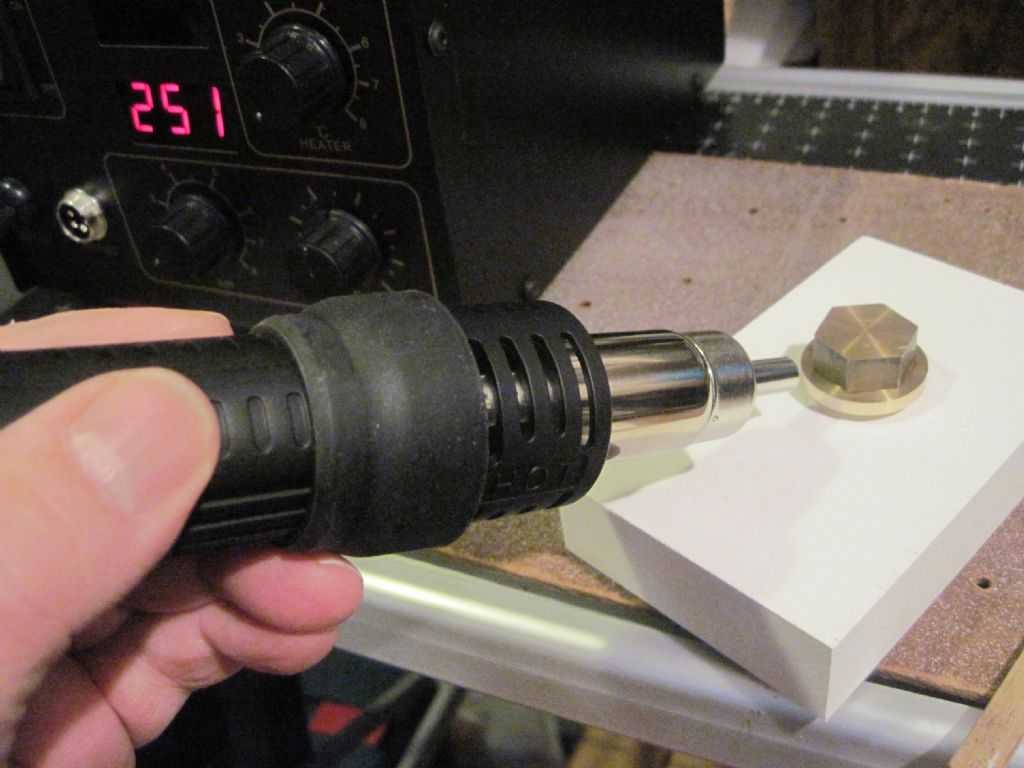Thank you for that.
I reckon for chamfering simply for appearance and removing the sharp edges, a V-tool is the easier way than angling the tool-holder round.
Good idea – the foot on the clamp-screw (hexagon-headed on mine). I've tended just to use a bit of sheet-metal but that's always a faff, best avoided simply by a few minutes' turning.
That is a definite advantage, the spring under the clamp. I've used bigger lathes with similar tool-clamps but no spring, and it was always a bit of a battle with the thing.
'
One exercise I set myself was using a spread-sheet to prepare a change-wheel set for cutting metric threads on these lathes, with the standard change-wheel set. I have not tried it in reality but was able to find very close approximations for the smaller M-series, based on acceptable cumulative pitch-errors in 10 turns. (Certainly enough for under-cutting and die-finishing.)
I've nly ever used my EW with the top-slide on, though I've used the boring-table to hold the vertical slide a few times. To hold the VS' location I made two L-shaped blocks that nest the slide's back corners, and held to the table by screws and T-bars. (A happy discovery recently was that some T-bolts I think I made for the EW also fit the BCA jig-borer!)
'
The wear on my EW's spindle and headstock mean it's not reliable for very accurate work, and you can see the chuck bouncing; but if nothing else I could use it for tasks like threading studs, perhaps turning it by hand. I usually finish a cut screw with a die to profile the thread anyway.
My thoughts have been on making very thin-walled leaded-bronze liners working on slightly reduced diameters on the spindle, with the bores line-bored out to 19.5mm. maybe a delicate 20mm max. This may be feasible on the Harrison lathe, with the headstocks still on the bed. The tailstock would need re-boring and new spindle, or a liner, at the same setting.
Alternatively I could re-bore the headstocks and make a new, over-size spindle to suit. It does not seem to be anything other than mild-steel, unhardened.
I've only about 8 other projects to finish, the house to look after and me to feed…
IanT.












